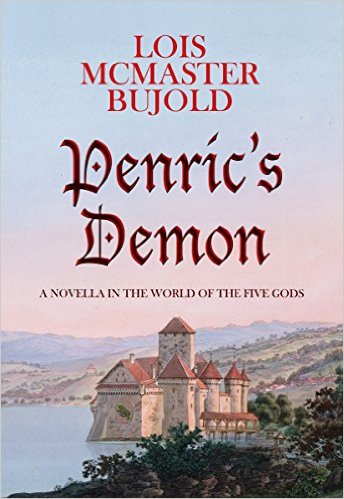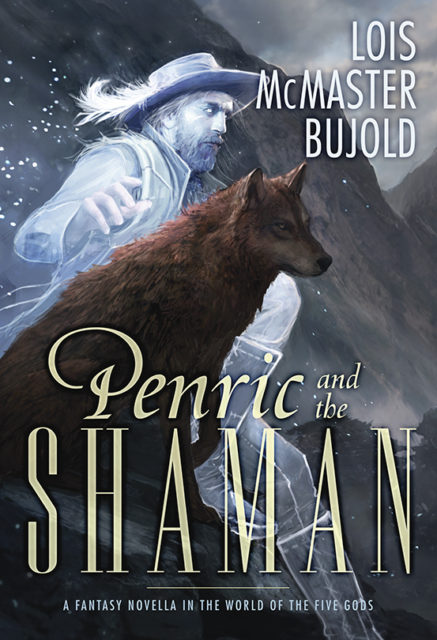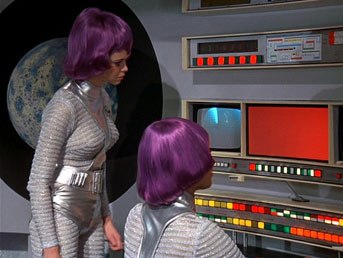In Lois McMaster Bujold’s Vorkosigan Saga novels, one of the imagined technological innovations to play a key part in the story is the Uterine Replicator (spoiler: it’s used to save the life of a premature baby, who grows up — in a manner of speaking — to be the main protagonist of the saga). In Reason, Katherine Mangu-Ward looks at just how close we are getting to the gee-whiz tech Ms. Bujold invented some thirty years ago for her novels:
In April, researchers announced they had managed to keep several extremely premature lambs alive and growing in artificial wombs. After spending up to four weeks in a clear plastic “extra-uterine device” at the Children’s Hospital of Philadelphia, each sheep transformed from a decidedly undercooked fetal specimen to a much more robust critter with long limbs and a fluffy wool coat, the sort of animal you wouldn’t be terribly alarmed to see plop to the ground in a field on a spring afternoon.
The setup strongly resembles a sous vide cooking apparatus: a tiny, tender lamb floats in a large plastic ziplock, hooked up to tubes and monitors. But a video clip posted by the researchers has the emotional heft of feeling a fetus kick when you put a hand on a pregnant woman’s belly. Visible through the clear plastic, the lamb’s hooves twitch gently as it snuffles its nose and wiggles its ears.
The lambs in the experiment were selected for their developmental similarity to human babies born right on the edge of viability, or about four months premature. Babies born that early are equal parts horrifying and marvelous. Tiny creatures with organs visible through their translucent skin, they’re often called “miracle babies.” But there’s nothing particularly mysterious about those little beings curled up in nests of tubes and wires; they live because of the inspiration and hard work and risk-taking and study and pain of hundreds of people.
There are actually more of these struggling newborns now than there were a decade ago, simply because we’ve gotten so much better at keeping extremely premature babies — born before 24 gestational weeks — alive. Yet in the U.S., one-third of all infant deaths and one-half of all cases of cerebral palsy are still attributed to prematurity. Of the babies born that early who survive, more than 90 percent have severe and lasting health consequences, especially with their lungs, eyes, and intestines.
Previous efforts to improve those numbers have been stymied by difficulties duplicating the functions of the placenta, but the device attached to the “Biobag” looks deceptively simple: a pumpless blue plastic box hooked up to the umbilical cord that oxygenates the blood, removes carbon dioxide, and adds nutrients.
In their paper, published in Nature Communications, the Philadelphia researchers are careful to say that human applications of their work are at least a decade away. Yet these little pink lambs are already taking sledgehammers to some of the most precarious coalitions in American politics.








